Blood Pressure Tracker for SAH Survivors
Track Your Blood Pressure
The strongest predictor of re-bleed is high blood pressure. Maintain readings at or below 120/80 mm Hg for optimal recovery after SAH.
Your Recent Readings
Key Takeaways
- Self‑care reduces the risk of re‑bleed and long‑term complications after a subarachnoid hemorrhage.
- Physical, emotional, cognitive and lifestyle habits each play a distinct role in recovery.
- Regular blood‑pressure checks, gentle exercise, and a balanced diet are non‑negotiable basics.
- Managing mood, staying socially connected, and using brain‑training activities boost mental resilience.
- A daily checklist helps survivors stay on track and spot warning signs early.
Surviving a subarachnoid hemorrhage is a life‑changing event. It’s not just the hospital stay that matters; the weeks, months and years afterward can determine whether you regain independence or live with lasting deficits. That’s where self-care steps in. By deliberately looking after your body, mind, and daily habits, you give your brain the best chance to heal and you lower the odds of another bleed or a new health crisis.
What Is a Subarachnoid Hemorrhage?
A subarachnoid hemorrhage (SAH) occurs when blood leaks into the space between the brain and the thin membranes covering it. Most often the source is a ruptured brain aneurysm, but trauma or arteriovenous malformations can also cause it. In the United Kingdom, roughly 6,500 people experience SAH each year, and the condition carries a 30% mortality rate within the first month. Survivors often face headaches, fatigue, memory lapses, and an increased risk of future strokes.
Why Self‑Care Is Critical After SAH
Self‑care isn’t just a feel‑good buzzword; it’s a medically‑backed strategy that addresses the three biggest post‑SAH challenges:
- Preventing re‑bleed. Controlling blood pressure, avoiding heavy lifting and staying hydrated keep the weakened vessel walls from rupturing again.
- Promoting brain repair. Neuroplasticity-the brain’s ability to rewire-thrives on physical activity, mental stimulation, and adequate sleep.
- Supporting mental health. Depression and anxiety affect up to 50% of SAH survivors, and untreated mood disorders can slow physical recovery.
By embedding self‑care into daily life, you actively counter each of those risks.
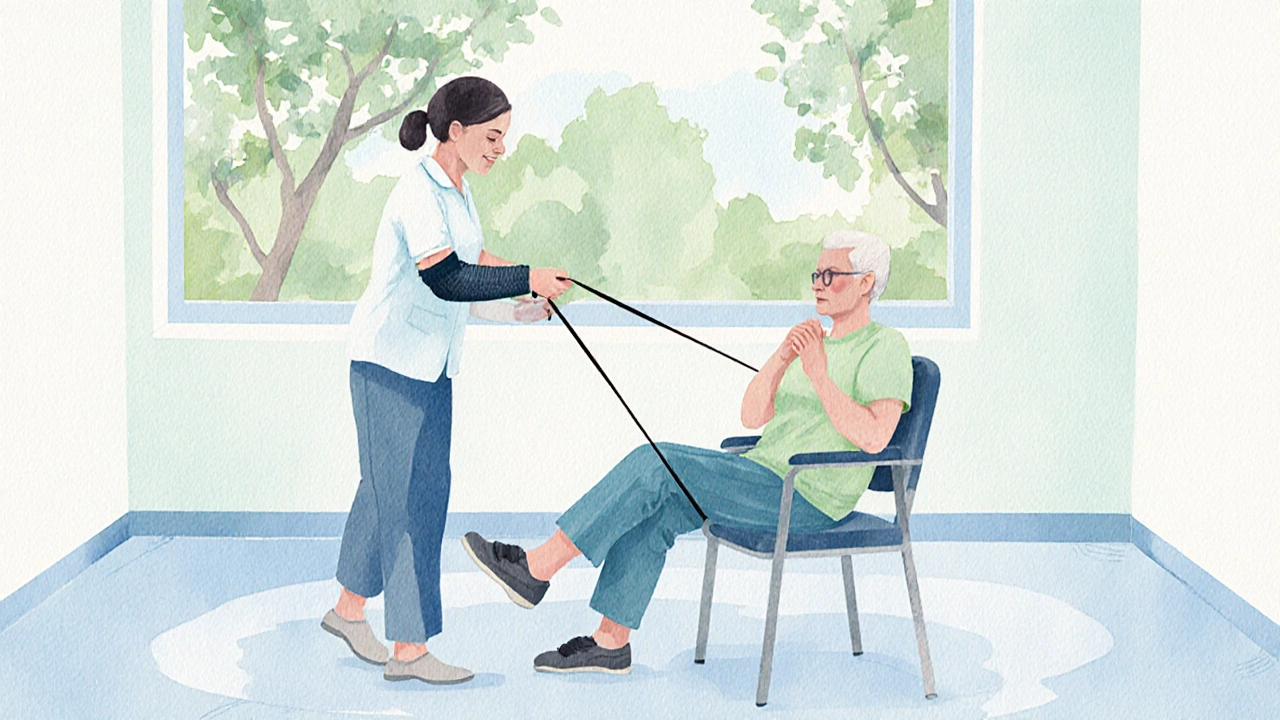
Physical Self‑Care: The Foundation
Physical health after SAH revolves around three pillars: blood‑pressure management, gentle exercise, and nutrition.
Blood‑Pressure Management
High systolic pressure (>140mmHg) is the strongest predictor of re‑bleed. Use a home monitor that meets British Hypertension Society standards and log readings every morning and evening. Aim for a target of 120/80mmHg unless your doctor advises otherwise. If readings stay high, discuss medication adjustments promptly.
Gentle Exercise and Physical Therapy
In the first weeks, a physical therapist a licensed professional who designs safe, low‑impact movement programs for neurological patients can guide you through seated marching, ankle pumps, and short walks. As strength returns, progress to light resistance bands and balance drills. Aim for at least 150minutes of moderate activity per week, split into 30‑minute sessions.
Nutrition for Brain Healing
A diet rich in omega‑3 fatty acids, antioxidants, and lean protein supports neuronal repair. Include fatty fish, walnuts, berries, leafy greens, and legumes. Limit sodium (<1,500mg/day) to keep blood pressure stable, and avoid excessive alcohol, which can raise blood‑pressure spikes.
Emotional & Mental Self‑Care
Mind‑body health is intertwined. Addressing mood early prevents a downward spiral.
Recognizing Mood Disorders
Post‑SAH depression often presents as persistent low mood, loss of interest, or sleep disturbances. Mood disorders clinical conditions such as depression and anxiety that affect emotional regulation affect about one‑third of survivors. If you notice these signs for more than two weeks, schedule a mental‑health evaluation.
Therapeutic Strategies
- CBT (cognitive‑behavioral therapy) helps reframe negative thoughts and can be delivered in‑person or via video platforms.
- Mindfulness meditation, even 10minutes a day, lowers cortisol and improves sleep quality.
- Joining a support group a community of fellow SAH survivors and caregivers sharing experiences and resources-online or local-provides peer encouragement and practical tips.
Cognitive Self‑Care: Keeping the Brain Sharp
After SAH, many experience trouble with memory, attention, or word‑finding. Structured brain‑training can accelerate recovery.
Cognitive Exercises
Start with simple tasks: crossword puzzles, memory card games, or smartphone apps designed for neuro‑rehabilitation. Allocate 15‑20minutes daily, gradually increasing difficulty. Over time, you’ll notice better recall and faster processing.
Sleep Hygiene
Quality sleep is essential for synaptic consolidation. Aim for 7‑9hours, keep the bedroom cool (18‑20°C), and avoid screens an hour before bedtime. If insomnia persists, discuss a sleep study with your neurologist.
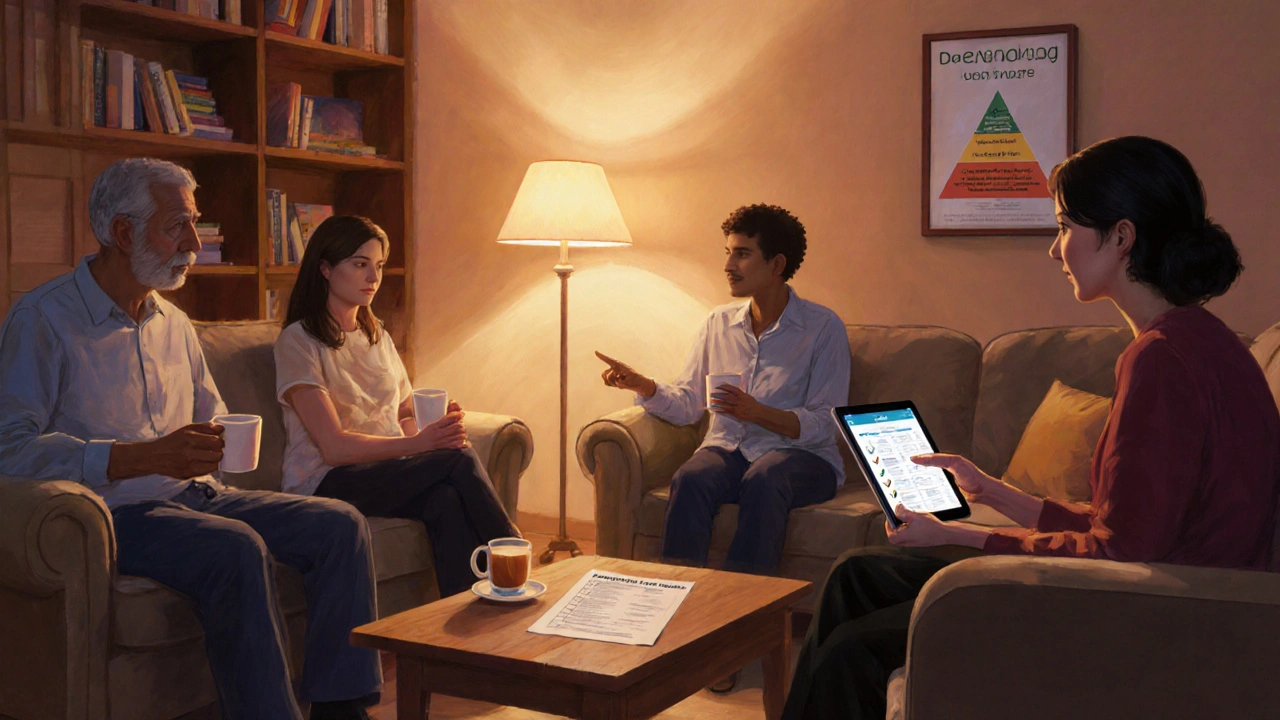
Everyday Practical Checklist
| Task | Why It Matters | How to Do It |
|---|---|---|
| Check Blood Pressure | Prevents re‑bleed | Use validated cuff, log morning/evening readings |
| Take Medications | Controls hypertension, prevents seizures | Set phone alarms, use a weekly pill organizer |
| Gentle Exercise | Boosts circulation, supports neuroplasticity | 30‑minute walk or therapist‑guided routine |
| Brain Exercise | Improves memory and attention | 20min of puzzles or app‑based training |
| Mindful Breathing | Reduces stress, lowers BP spikes | 5‑minute 4‑7‑8 breathing technique after meals |
| Hydration & Nutrition | Supports vessel health | 8cups water, omega‑3 rich meals |
| Social Connection | Combats loneliness, improves mood | Call a friend, attend a support group weekly |
Monitoring Warning Signs
Even with diligent self‑care, new symptoms can signal trouble. Call emergency services immediately if you notice:
- Sudden, severe headache different from usual
- Rapid vision changes or double vision
- New weakness or numbness on one side
- Confusion, slurred speech, or loss of consciousness
- Unexplained high blood‑pressure spikes (>180mmHg)
Keep a contact list of your neurologist, primary care physician, and nearest hospital ready on your phone.
Resources & Support Networks
Here are a few trusted UK‑based resources:
- British Association of Stroke Physicians (BASP) - patient guides on post‑SAH care.
- Stroke Association - local support groups, webinars, and peer‑mentor programs.
- National Health Service (NHS) - MyHealth - digital portal for tracking BP, meds, and appointments.
- Brain Aneurysm Foundation (UK) - research updates and survivor stories.
Signing up for at least one of these services adds another layer of accountability and information.
Frequently Asked Questions
How soon after a subarachnoid hemorrhage should I start exercising?
Most doctors recommend light activity within 48‑72hours if the bleed was stable and you have no new neurological deficits. Start with bedside leg lifts or seated marching, then progress under a physical therapist’s guidance.
Can I use over‑the‑counter painkillers for post‑SAH headaches?
Acetaminophen (paracetamol) is generally safe, but NSAIDs like ibuprofen can increase bleeding risk. Always check with your neurologist before adding any medication.
Is it normal to feel anxious about daily activities after SAH?
Yes, anxiety is common. Over‑watching blood‑pressure numbers or fearing another bleed can heighten stress. Structured breathing, CBT, and support groups are effective ways to manage this anxiety.
What diet changes should I prioritize?
Focus on the DASH diet - plenty of fruits, vegetables, whole grains, low‑fat dairy, and lean protein. Reduce salt, saturated fat, and sugary drinks. Omega‑3 sources like salmon or flaxseed are especially beneficial for vascular health.
How can I track my cognitive progress?
Keep a simple journal: note daily puzzle scores, memory‑recall tasks, and any lapses. Review weekly with your neurologist or therapist to adjust the difficulty level.
Self‑care isn’t a one‑size‑fits‑all checklist; it’s a flexible framework that adapts as your recovery evolves. By committing to the habits outlined above, you empower your brain, protect your vessels, and give yourself a stronger chance at a full, active life after subarachnoid hemorrhage.

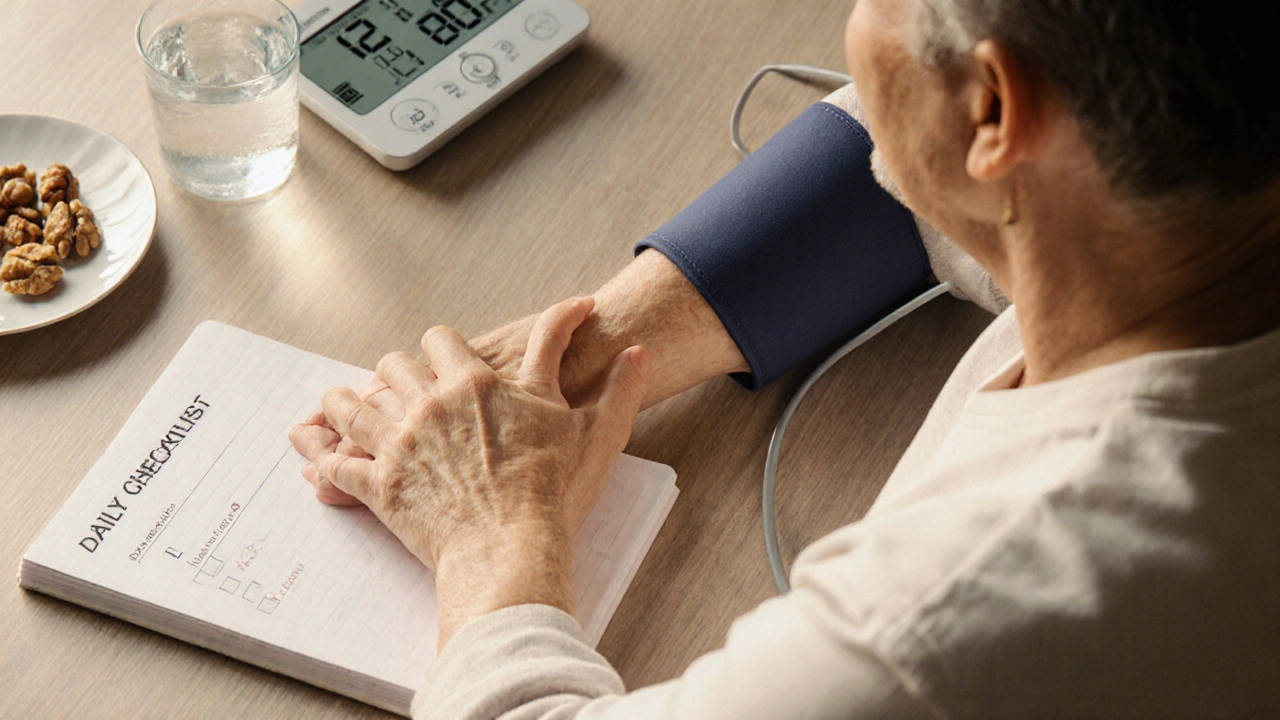


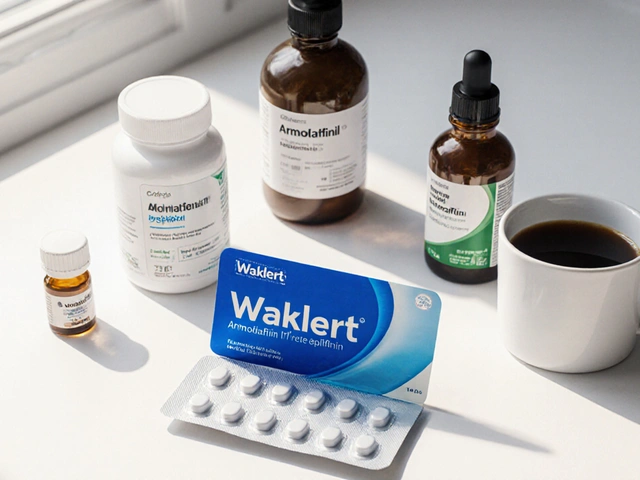
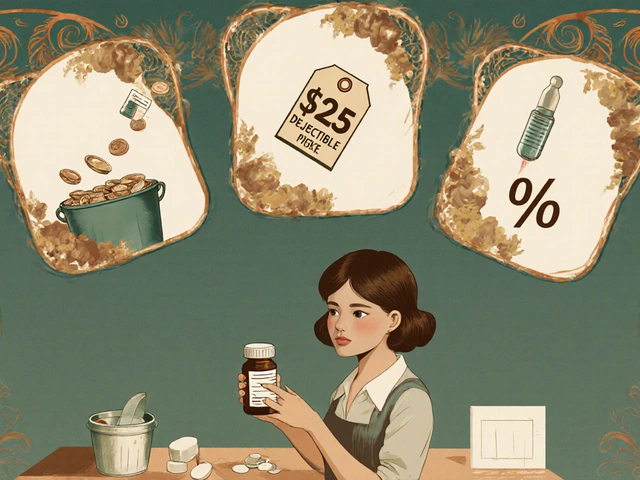

Danielle Greco
October 12, 2025 AT 13:58Wow, this post really packs a punch! 🌟 The emphasis on blood‑pressure tracking feels like a lifeline for SAH survivors. I love the colorful analogy of the brain’s repair as a garden that needs water, sunlight, and careful pruning. Keep the checklist handy, and don’t forget to celebrate every tiny victory along the way. 🌱
Linda van der Weide
October 17, 2025 AT 05:05In the quiet moments after a bleed, the body whispers its needs. Tending to those whispers with gentle routines can turn uncertainty into measured hope. The guidelines here form a subtle lattice, supporting both mind and vessel alike.
Philippa Berry Smith
October 21, 2025 AT 20:12One cannot ignore the hidden agendas that profit from our neglect. While the article touts blood‑pressure monitors, we should question who manufactures them and why data collection is so pervasive. Stay vigilant, question every recommendation, and protect your privacy as fiercely as you protect your health.
Joel Ouedraogo
October 26, 2025 AT 11:18We are not mere passengers drifting in a storm of blood; we are captains of our own recovery vessel. By mastering the helm-regular BP checks, mindful movement, nutritious fuel-we navigate toward a horizon where re‑bleed becomes a distant memory.
Beth Lyon
October 31, 2025 AT 02:25i think the page is helpful but its a bit too long for some peopel who just want quick tips. maybe a short bullet list at the top would be nice. also the code snippet looks confusing for non‑tech folks.
Nondumiso Sotsaka
November 4, 2025 AT 17:32Great job laying out a clear roadmap! 💪 Remember, it’s okay to stumble on some days-celebrate the attempts as much as the successes. If you ever feel overwhelmed, reach out to a local support group; the shared experience can be a powerful boost. 🌈
Ashley Allen
November 9, 2025 AT 08:38Track BP twice daily; consistency saves lives.
Tyler Johnson
November 13, 2025 AT 23:45First, let’s acknowledge the sheer courage it takes to confront a condition as daunting as a subarachnoid hemorrhage. Recovery is not a straight line; it resembles a winding road with hills, valleys, and occasional detours. Each morning you check your blood pressure, you are essentially taking a small but vital step toward stability. Gentle exercise, even something as simple as a short walk, signals to your body that healing is possible. Nutrition, too, plays a starring role-think of omega‑3s as the oil that keeps the neural machinery humming smoothly. Sleep, often overlooked, serves as the nightly renovation crew, repairing damaged cells and consolidating memory. Mental health care, whether through meditation or therapy, guards against the hidden foe of anxiety that can sabotage physical progress. Social connection acts like a safety net, catching you when you falter and reminding you that you’re not alone in this journey. The daily checklist mentioned in the article becomes a personal contract, a promise to yourself that you will not neglect any facet of this multifaceted recovery. Over time, these habits compound, creating a protective shield that reduces the risk of re‑bleed dramatically. It is essential, however, to stay adaptable; as your condition evolves, so should your routines. Regular consultations with your neurologist keep the treatment plan aligned with your changing needs. Technology, such as the blood‑pressure tracker in the post, can be a helpful ally, but never replace professional judgment. Celebrate each milestone, no matter how small-a lower reading, a longer walk, a clearer thought. Remember that setbacks are not failures; they are data points informing future adjustments. Ultimately, the convergence of physical, mental, and social self‑care crafts a resilient foundation for a fuller, richer life after SAH.
Viji Sulochana
November 18, 2025 AT 14:52yea i read the article and it really helped me get a grip on my day to day. srsly the blood pressure tracker is like a little guardian angel. i do have some typo's in my notes but the ideas are solid. keep it up!
Stephen Nelson
November 23, 2025 AT 05:58Ah, the poetic flourish of “garden” metaphors-how delightfully quaint. Yet, beneath the roses lies a thorny reality: most patients lack the time or resources for such idealistic caretaking, and the healthcare system often forgets them entirely.
Fredric Chia
November 27, 2025 AT 21:05This discourse aptly emphasizes hypertension control; adherence to clinically established targets remains paramount for preventing recurrence.
Hope Reader
December 2, 2025 AT 12:12Wow, that was a marathon of motivation! 😂 I love the optimism, but remember, not everyone can sprint through 16 sentences without a coffee break.
Marry coral
December 7, 2025 AT 03:18Do we really need all these steps? Maybe just a simple BP check and a walk is enough for most people.
Megan C.
December 11, 2025 AT 18:25It is disheartening to see anyone ignore these evidence‑based guidelines; neglecting self‑care borders on reckless irresponsibility and endangers not just the individual but the community that supports them.